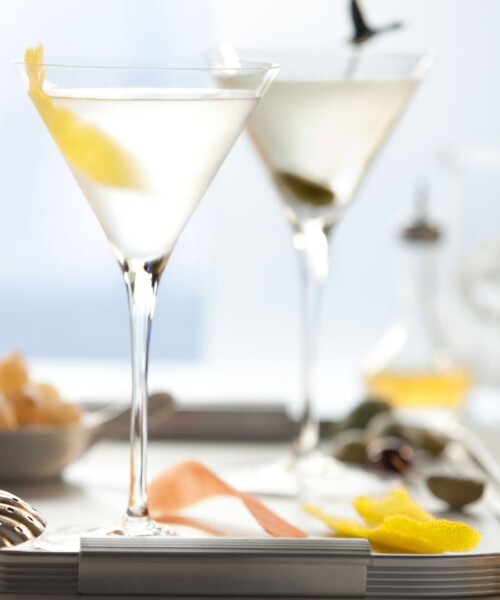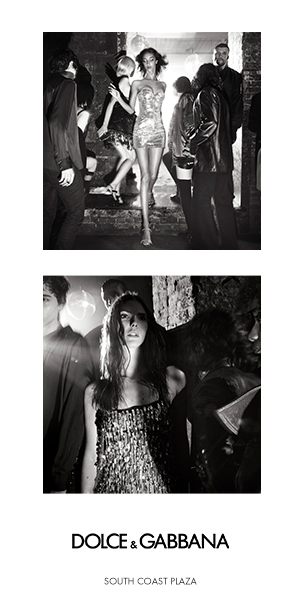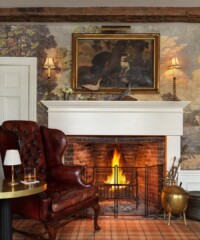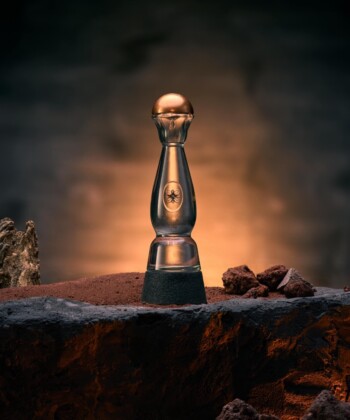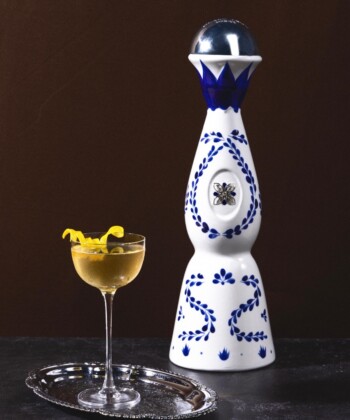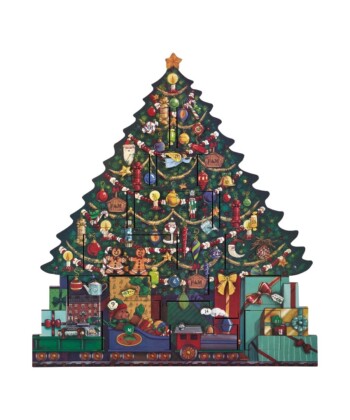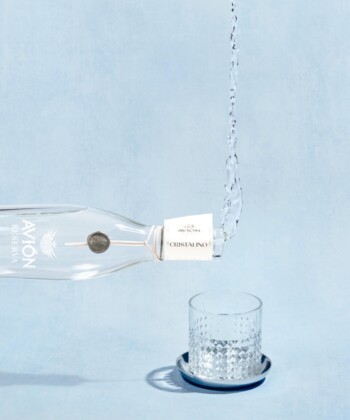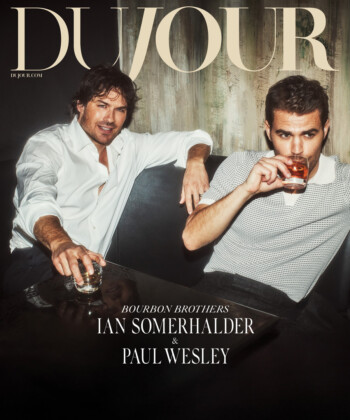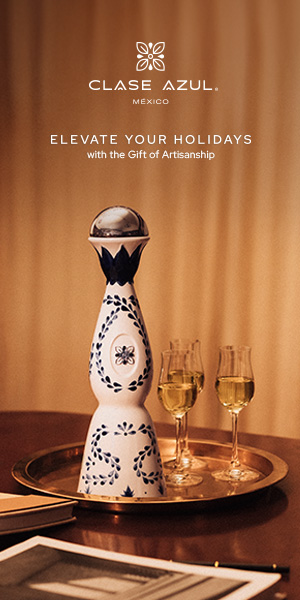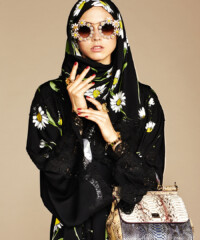Having a martini with François Thibault is like shooting hoops with Michael Jordan. Thibault, who has been Grey Goose’s Maitre de Chai (cellar master) since the company launched in 1997, is the guy responsible for developing Grey Goose‘s billion-dollar vodka recipe. And that’s not an exaggeration: The brand was purchased by Bacardi in 2004 for $2 billion, which at the time was the largest sale for a single brand in liquor business history. It goes without saying that Thibault knows a thing or two about vodka—and just as much about vodka martinis.
When we meet for drinks one evening at Soho House in New York, I felt it was my writerly duty to follow his lead in the cocktail ordering. “Dry martini with olives, light on the vermouth,” his interpreter tells the waitress. (Thibault speaks French). I ask if the order is his usual. “I have simple taste. [The dry martini] is really close to the purity of the vodka I wanted to express. I’m a lover of olives and vermouth, so they compliment the experience really well.”
In order to make the perfect martini—or at least one up to Thibault’s standards—he says the ingredients must be kept cold, but not frozen. The ice used to dilute the martini needs to be of a certain quality, and proper glassware is essential. “With those huge martini glasses, it can be a very strong experience,” he says. “It’s all about refinement. That’s why I often prefer to have small-shaped glasses.” And the biggest mistake bartenders make when preparing the cocktail? “If I see somebody shaking my dry martini it irritates me a little—I hate that. I like it stirred.”
When he’s not sipping martinis, the former Cognac producer is partial to Le Fizz, a cocktail made with vodka, lime juice and St. Germain—which are mixed in a shaker, then strained into a flute and topped with club soda. Thibault uses lemons and limes from his own garden when he’s making the drink at home.
But Thibault is often more interested in seeing what others in the industry are doing with his product, which he developed in his hometown of Cognac. “I really enjoy going into places and talking to the bartender—letting them express their vision in making a drink. Telling a story and connecting with the emotions,” he says between sips of his dry martini. “You can’t have that with any other alcoholic beverage. Opening a bottle or beer or wine is a great thing, but the cocktail allows one to be more creative and personal.”
He’s tasted cocktails from all over the world, but when it comes to dedication to the craft, Thibault tells me that the U.S. reigns supreme. “I’ve never been to a country like the U.S. where the cocktail culture is so well established. I’m so impressed by the fascination that American people have to mixology—especially in New York,” he says. “There are emerging cities in Europe—like London, Paris, Berlin—but to me, the most exciting one right now is Tokyo because of the care and precision the bartenders put into preparation.”
As we finish the last sip of our drinks, I tell Thibault that despite my research efforts prior to our meeting, I wasn’t able to find an explanation for the name of the brand. Why ‘Grey Goose’? “The grey goose is an animal that covers long distances. They fly over Cognac when they migrate to the south,” he explains. “For us it was a symbol—a bird capable of flying long distances all over the world. And that was our message, because we wanted to spread the vodka all over the world.”

























